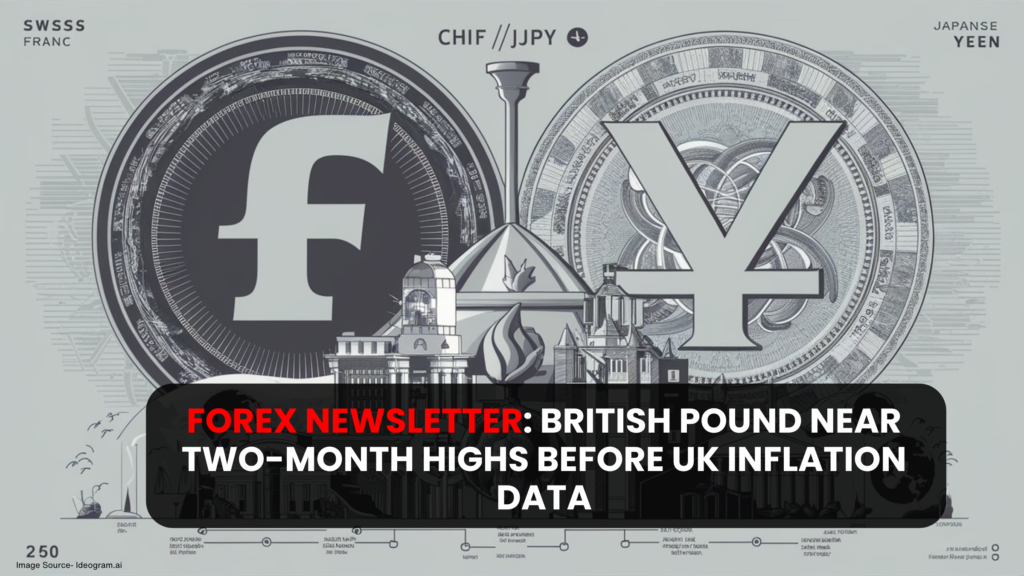
The CHF/JPY currency pair, which represents the exchange rate between the Swiss franc (CHF) and the Japanese yen (JPY), has been a subject of interest for traders and investors alike. Both the Swiss franc and the Japanese yen are considered safe-haven currencies, known for their stability and resilience in times of economic and political uncertainty. However, the recent decision by the Swiss National Bank (SNB) to lower interest rates has had a significant impact on the CHF/JPY exchange rate, causing the Swiss franc to weaken against the Japanese yen.
👉The SNB’s Interest Rate Cut
On May 20, 2024, the Swiss National Bank announced its decision to lower interest rates from 1.75% to 1.50%. This move was aimed at maintaining the stability of the Swiss franc and supporting the country’s economy. However, the rate cut has had the opposite effect on the CHF/JPY exchange rate, causing the Swiss franc to lose value against the Japanese yen.
The SNB’s decision has made the CHF less attractive compared to the JPY, as investors seek alternative investments that offer higher returns. This has led to a significant outflow of cash from the Swiss franc, causing the CHF/JPY exchange rate to fall. As of May 20, 2024, the current CHF/JPY rate stands at 171.71, indicating a decrease in the value of the Swiss franc.
👉Factors Influencing the CHF/JPY Exchange Rate
The CHF/JPY exchange rate is influenced by a variety of factors, including economic indicators, interest rates, political and geopolitical events, and carry trade strategies.
Economic indicators such as Gross Domestic Product (GDP) growth, inflation rates, employment figures, and trade balances can significantly impact the value of the Swiss franc and the Japanese yen. Stronger economic performance in Switzerland or Japan can lead to an appreciation of the respective currencies and affect the CHF/JPY exchange rate.
Interest rates set by the SNB and the Bank of Japan (BoJ) also play a crucial role in determining the future value of the Swiss franc and the Japanese yen. Higher interest rates can attract foreign investment, increase demand for a country’s currency, and potentially strengthen its value.
Political and geopolitical events, such as elections, new government policies, wars, and social unrest, can also influence currency values and cause fluctuations in the CHF/JPY exchange rate as investors seek safer or more stable currencies.
Carry trade strategies, where investors borrow in a low-interest-rate currency (like the JPY) to invest in a higher-interest-rate currency (like the CHF), can also impact the exchange rate between the CHF and JPY. Changes in interest rate differentials and market sentiment towards carry trades can affect the demand and supply dynamics of the currencies involved, impacting the exchange rate.
👉The CHF/JPY as a Safe-Haven Currency Pair
Despite the recent decline in the value of the Swiss franc, the CHF/JPY remains a popular choice for traders and investors seeking a safe haven from market volatility. Both the Swiss franc and the Japanese yen are known for their stability and are often sought after during times of economic and political uncertainty.
The Swiss franc’s reputation as a safe haven is largely due to Switzerland’s stable government, robust banking sector, and low debt-to-GDP ratio. Japan’s status as a safe-haven currency is attributed to its large economy, high exports, and ownership of significant foreign assets
Technical Outlook:CHF/JPY

CHFJPY was trading in a triangle pattern for the past week. On the upper level, the main resistance remained at 172 and the support was at 171.25. If we look at the 4-hour chart, it has broken its triangle pattern by breaking the support of 171.25 and is trading below the support. Currently CHFJPY has key support at 170.70 on the downside. If the support of 170.70 is broken then a big fall can be seen. Currently, below 171.25, targets can be seen up to 170.70 and then up to 169.65.
Resistance Levels
1 ] 172.00
2 ] 172.70
3 ] 173.30
Support Levels
1 ] 171.25
2 ] 170.70
3 ] 169.65
Happy Trading!
Commodity Samachar
Learn and Trade with Ease
Also Read: Economic Data: Will The Fed meeting minutes & UK inflation take the spotlight?, Nifty Charges Higher: Bulls Flex Muscle with Another Green Close
Recommended Read: RBI MPC Meeting 2024: What’s On the RBI’s Radar?
Want Help On Your Trading?
Chat With Analyst